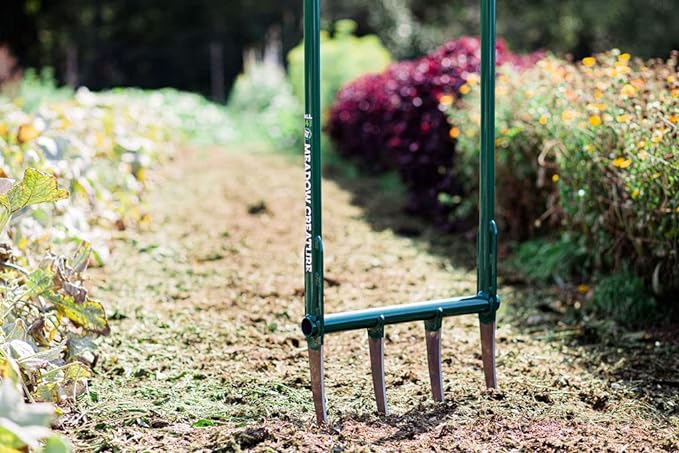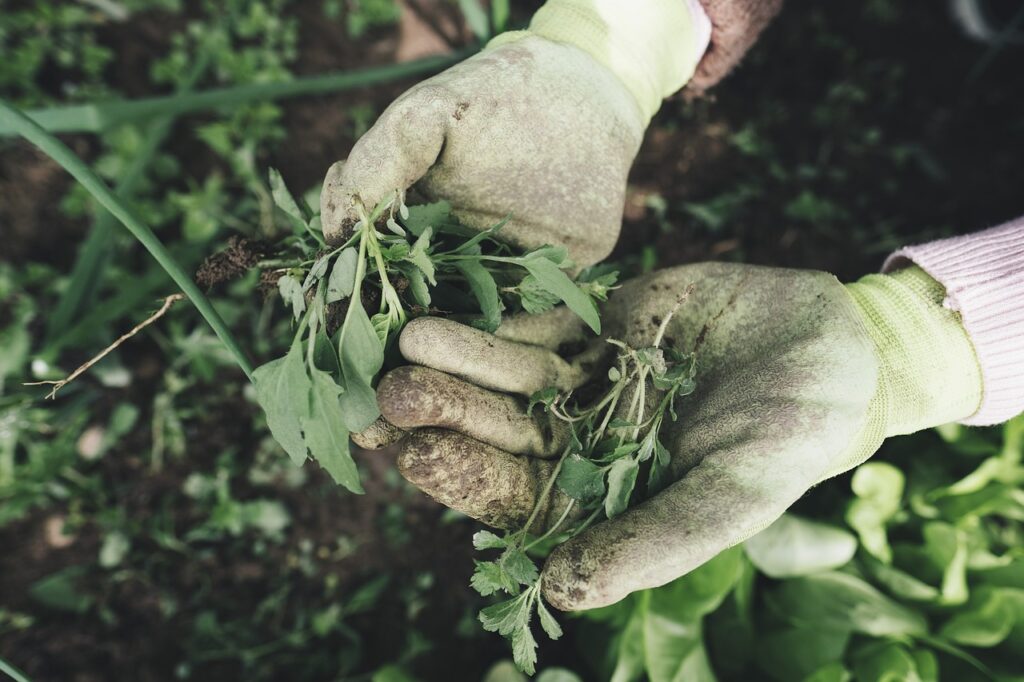Mixing different kinds of seeds in one garden plot
Grow Food, Not Lawns
I hate mowing the grass. I especially hate mowing the grass along the quarter mile driveway at my homestead. I haven’t mowed it in years. But I now see it as a missed opportunity to plant more garden beds and food forest beds instead of (prairie) grass. Grow Food, Not Lawns, right?
How you create a new garden bed depends on what time of the year it is. Most people sheet mulch by covering an area with cardboard, then layers of compost and woodchips. This works well, but only if you do it in the Fall AND you get lots of rain in the Winter to break down the cardboard. This year we had lots of snow in January and the bed that I created last Fall broke down pretty well, although while digging a hole in the new bed to plant a hazelnut bush, I dug up a piece of cardboard that wasn’t completely broken down.
To Use Cardboard or Not Use Cardboard?
The permaculture powers-that-be are increasingly warning against using cardboard as the base when creating new garden beds over lawn grass. Paul Wheaton is famously against using cardboard. And scientists warn against using cardboard as well. Like this article:
Cardboard Does Not belong on Your Soil. Period. – (Maybe that should have been an exclamation point)
Cardboard reportedly has dioxin and PFAs and “forever chemicals”. The article also says that cardboard inhibits soil life. Only plastic sheet mulching is worse (supposedly).
The article recommends adding a VERY thick layer of woodchips on the grass, then the compost, and more woodchips. In my experience, this only works if you have lots of time for the first layer of woodchips to breakdown.
My friend Jason at George Washington Carver Farm in Kansas City built his soil with large amounts of woodchips.
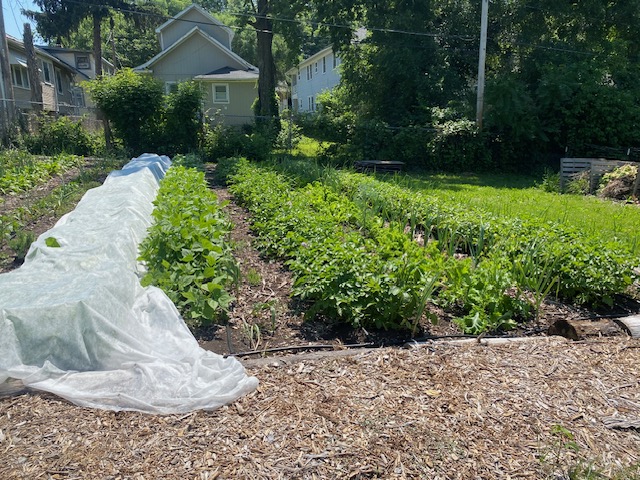
The biggest issue I have with using cardboard is that no matter how hard I try to remove all the tape, I end up digging up plastic tape pieces for years afterward.
I do use cardboard and woodchips for paths, however.
I use Milpa to create new garden beds
In the Spring, I don’t have time to wait for the cardboard to break down. I would lose the entire planting season.
My soil is compacted heavy clay, with little worm activity in places, so I would have to add a large amount of woodchips and compost to get something to plant in. And the grass always manages to poke through and take over anyway.
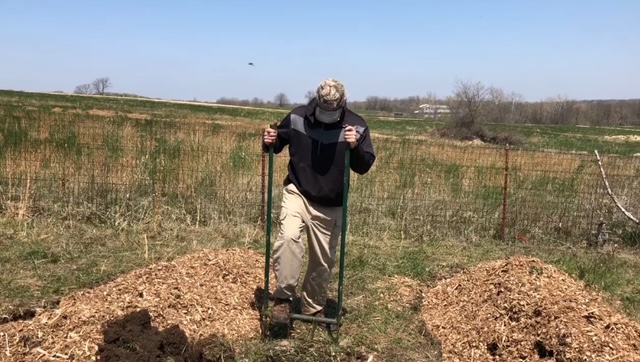
So I take my trusty Meadow Creature Broadfork and turn over the sod. Then I add a layer of compost. I sow with a Milpa seed mix, and then cover with a light layer of woodchips.

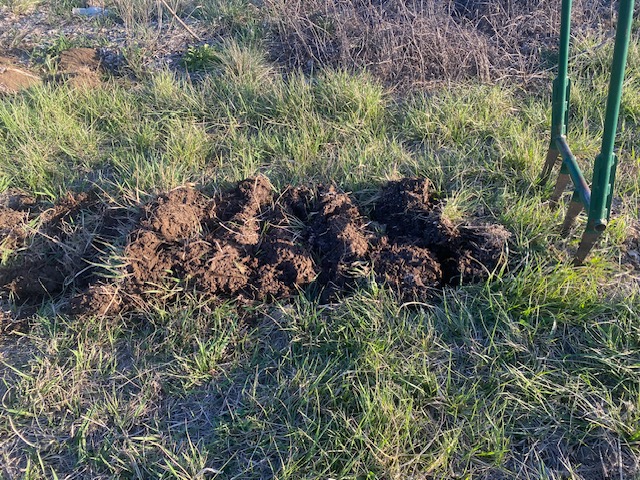
Milpa Seed – Buy or Mix Your Own Seed
What is Milpa? Milpa is a warm season cover crop mix that includes greens, squash, beans, corn, pumpkins, cucumbers, and annual and wildflowers. It is designed to grow as much food as possible in a space without weeding, tilling, and planning.
It is a mix of seeds, usually with the Three Sisters – corn, squash, and beans – as the core plants. Beans to add nitrogen, corn to provide structure, and squash to grow up the corn or out. Milpa also has other seeds, with a focus to grow as much food as possible on a small garden plot. It sometimes can have buckwheat, okra, cucumbers, greens, radishes, or anything that you want.
The idea is to spread out the harvest through the seasons as well.
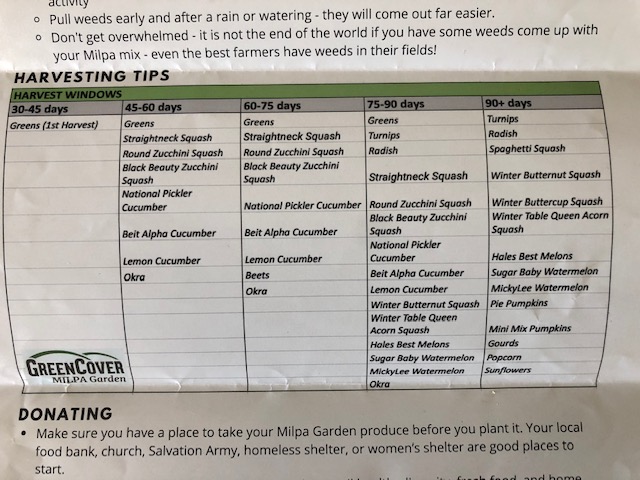
If you like this content, check out Thriving the Future Podcast:

You can buy a mix of seeds or you can create your own mix.
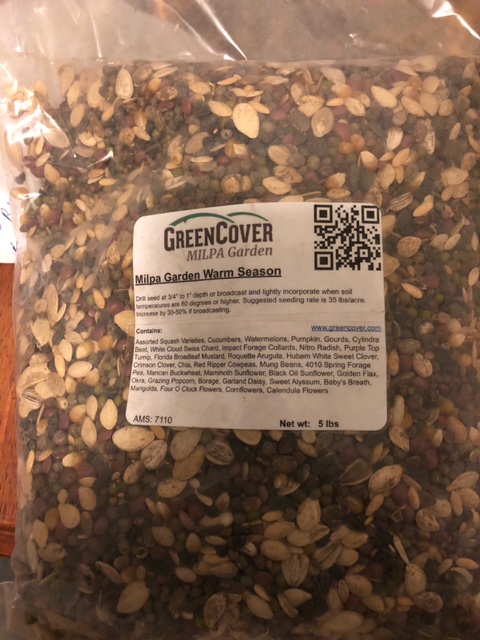
Milpa Seed – Buy or Mix Your Own Seed
In the past, I have bought seed my Milpa seed from Green Cover Seed. However, this sells out fast each year, and in 2022 and 2023 it was sold out for most of the season, so I created my own mix:
- Grazing corn from Green Cover Seed or some short corn like Strawberry popcorn from Baker Creek. This should be lightly mixed in so that it doesn’t shadow out everything else. Remember – the core of Milpa is corn, with squash growing up the stalk, and beans feeding nitrogen in the soil.
- Red Ripper Cowpeas from Green Cover Seed (I have saved seed from previous years).
- Squash, melons, pumpkins – leftover from previous years or I acquired from a Spring seed swap.
- Mancan Buckwheat from Green Cover Seed
- Daicon radish or some radish that you like. Daicon radish breaks up the soil.
- Cucumbers that will produce early and then vine along the ground. (If you like cucumbers. I do not.)
- Pollinators – I use the Perennial Pollinator mix from Green Cover Seed or mix your own with calendula, echinacea/coneflower, hairy vetch, clover. However, if you are using Milpa to prep a bed and build soil to grow some annuals in that bed in later years, you do not want to use perennials.
You will get a dominant crop based on when you plant. If you plant early in the Spring, the buckwheat and beans will be dominant and the squash will be dominant.

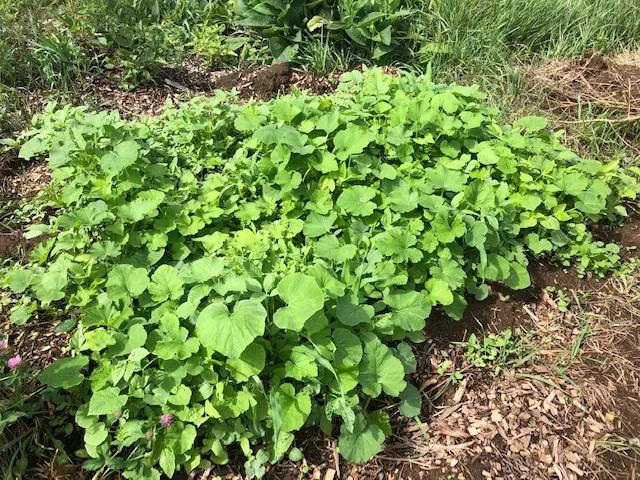
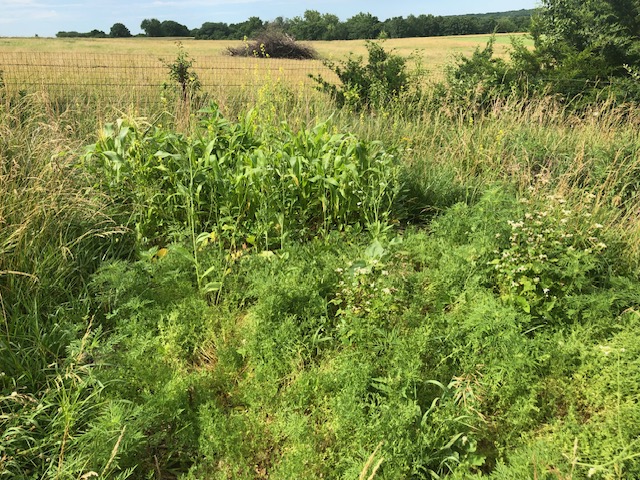
Conclusion – Plant a Milpa Bed!
By using this technique you can create a new garden bed with minimal effort, avoid using cardboard, and get an abundant crop in the first year (even with poor clay soil). At the end of the season chop and drop the chaff from the buckwheat and beans to mulch for the Winter.
Grow Food, Not Lawns.
This article and pictures are Copyright 2024 – Scott Miller.
If you like this content, check out Thriving the Future Podcast:

Cross posted from Thriving the Future.com.


GrowNutTrees.com
Elderberry cuttings are still available but Hurry before they come out of dormancy. Now have pecan seedlings and red mulberry seedlings. Order now at GrowNutTrees.com.
Buying from our Kansas homestead, with nut trees grown and adapted to the Midwest, will make them much more likely to be successful on your homestead or in your yard.
Highly recommend Joseph Lofthouse’s Landrace Gardening book:



